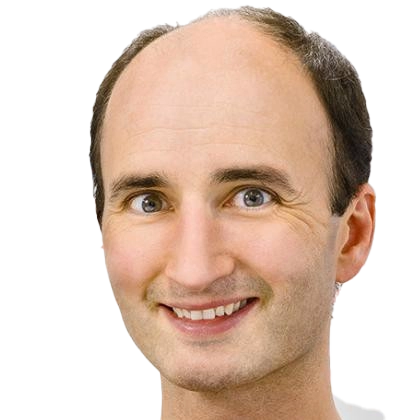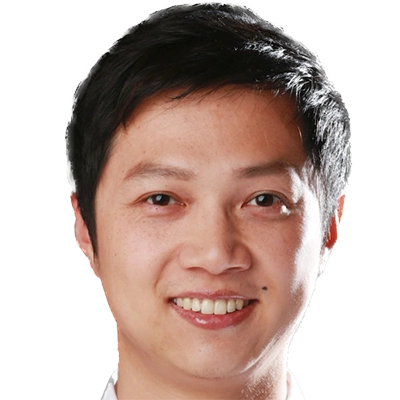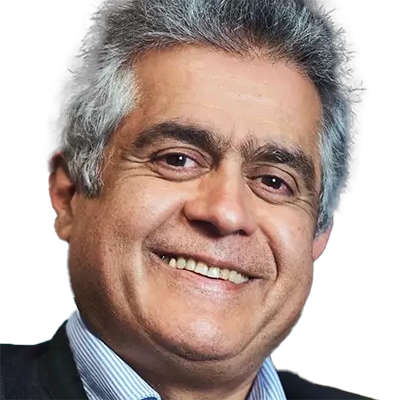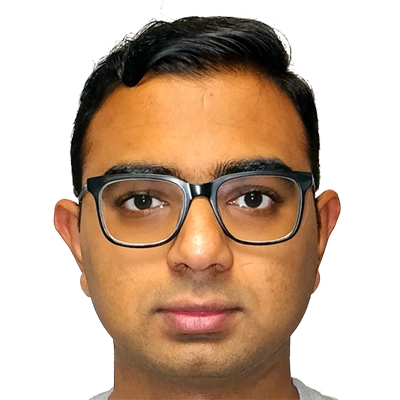15.06.2021
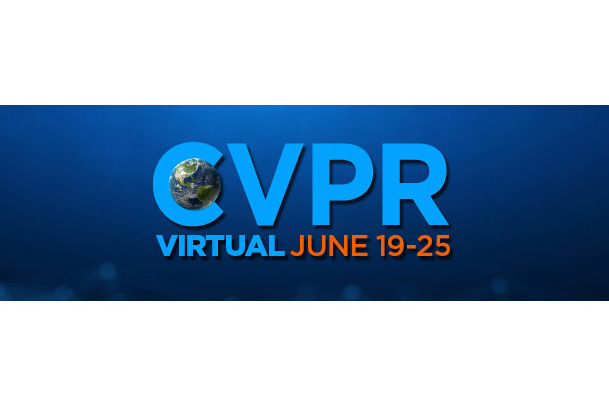
MCML Researchers With Six Papers at CVPR 2021
IEEE/CVF Conference on Computer Vision and Pattern Recognition (CVPR 2021). Virtual, 19.06.2021–25.06.2021
We are happy to announce that MCML researchers are represented with six papers at CVPR 2021. Congrats to our researchers!
Main Track (6 papers)
4D Panoptic LiDAR Segmentation.
CVPR 2021 - IEEE/CVF Conference on Computer Vision and Pattern Recognition. Virtual, Jun 19-25, 2021. DOI GitHub
Abstract
Temporal semantic scene understanding is critical for self-driving cars or robots operating in dynamic environments. In this paper, we propose 4D panoptic LiDAR segmentation to assign a semantic class and a temporally-consistent instance ID to a sequence of 3D points. To this end, we present an approach and a point-centric evaluation metric. Our approach determines a semantic class for every point while modeling object instances as probability distributions in the 4D spatio-temporal domain. We process multiple point clouds in parallel and resolve point-to-instance associations, effectively alleviating the need for explicit temporal data association. Inspired by recent advances in benchmarking of multi-object tracking, we propose to adopt a new evaluation metric that separates the semantic and point-to-instance association aspects of the task. With this work, we aim at paving the road for future developments of temporal LiDAR panoptic perception.
MCML Authors

Laura Leal-Taixé
Prof. Dr.
Principal Investigator
* Former Principal Investigator
NeuroMorph: Unsupervised Shape Interpolation and Correspondence in One Go.
CVPR 2021 - IEEE/CVF Conference on Computer Vision and Pattern Recognition. Virtual, Jun 19-25, 2021. DOI GitHub
Abstract
We present NeuroMorph, a new neural network architecture that takes as input two 3D shapes and produces in one go, i.e. in a single feed forward pass, a smooth interpolation and point-to-point correspondences between them. The interpolation, expressed as a deformation field, changes the pose of the source shape to resemble the target, but leaves the object identity unchanged. NeuroMorph uses an elegant architecture combining graph convolutions with global feature pooling to extract local features. During training, the model is incentivized to create realistic deformations by approximating geodesics on the underlying shape space manifold. This strong geometric prior allows to train our model end-to-end and in a fully unsupervised manner without requiring any manual correspondence annotations. NeuroMorph works well for a large variety of input shapes, including non-isometric pairs from different object categories. It obtains state-of-the-art results for both shape correspondence and interpolation tasks, matching or surpassing the performance of recent unsupervised and supervised methods on multiple benchmarks.
MCML Authors
Isometric Multi-Shape Matching.
CVPR 2021 - IEEE/CVF Conference on Computer Vision and Pattern Recognition. Virtual, Jun 19-25, 2021. DOI GitHub
Abstract
Finding correspondences between shapes is a fundamental problem in computer vision and graphics, which is relevant for many applications, including 3D reconstruction, object tracking, and style transfer. The vast majority of correspondence methods aim to find a solution between pairs of shapes, even if multiple instances of the same class are available. While isometries are often studied in shape correspondence problems, they have not been considered explicitly in the multi-matching setting. This paper closes this gap by proposing a novel optimisation formulation for isometric multi-shape matching. We present a suitable optimisation algorithm for solving our formulation and provide a convergence and complexity analysis. Our algorithm obtains multi-matchings that are by construction provably cycle-consistent. We demonstrate the superior performance of our method on various datasets and set the new state-of-the-art in isometric multi-shape matching.
MCML Authors
Neural Response Interpretation through the Lens of Critical Pathways.
CVPR 2021 - IEEE/CVF Conference on Computer Vision and Pattern Recognition. Virtual, Jun 19-25, 2021. DOI
Abstract
Is critical input information encoded in specific sparse pathways within the neural network? In this work, we discuss the problem of identifying these critical pathways and subsequently leverage them for interpreting the network’s response to an input. The pruning objective — selecting the smallest group of neurons for which the response remains equivalent to the original network — has been previously proposed for identifying critical pathways. We demonstrate that sparse pathways derived from pruning do not necessarily encode critical input information. To ensure sparse pathways include critical fragments of the encoded input information, we propose pathway selection via neurons’ contribution to the response. We proceed to explain how critical pathways can reveal critical input features. We prove that pathways selected via neuron contribution are locally linear (in an ℓ 2 -ball), a property that we use for proposing a feature attribution method: ‘pathway gradient’. We validate our interpretation method using mainstream evaluation experiments. The validation of pathway gradient interpretation method further confirms that selected pathways using neuron contributions correspond to critical input features. The code 1 2 is publicly available.
MCML Authors

Ashkan Khakzar
Dr.
Post-hoc Uncertainty Calibration for Domain Drift Scenarios.
CVPR 2021 - IEEE/CVF Conference on Computer Vision and Pattern Recognition. Virtual, Jun 19-25, 2021. DOI
Abstract
We address the problem of uncertainty calibration. While standard deep neural networks typically yield uncalibrated predictions, calibrated confidence scores that are representative of the true likelihood of a prediction can be achieved using post-hoc calibration methods. However, to date, the focus of these approaches has been on in-domain calibration. Our contribution is two-fold. First, we show that existing post-hoc calibration methods yield highly over-confident predictions under domain shift. Second, we introduce a simple strategy where perturbations are applied to samples in the validation set before performing the post-hoc calibration step. In extensive experiments, we demonstrate that this perturbation step results in substantially better calibration under domain shift on a wide range of architectures and modelling tasks.
MCML Authors
i3DMM: Deep Implicit 3D Morphable Model of Human Heads.
CVPR 2021 - IEEE/CVF Conference on Computer Vision and Pattern Recognition. Virtual, Jun 19-25, 2021. DOI
Abstract
We present the first deep implicit 3D morphable model (i3DMM) of full heads. Unlike earlier morphable face models it not only captures identity-specific geometry, texture, and expressions of the frontal face, but also models the entire head, including hair. We collect a new dataset consisting of 64 people with different expressions and hairstyles to train i3DMM. Our approach has the following favorable properties: (i) It is the first full head morphable model that includes hair. (ii) In contrast to mesh-based models it can be trained on merely rigidly aligned scans, without requiring difficult non-rigid registration. (iii) We design a novel architecture to decouple the shape model into an implicit reference shape and a deformation of this reference shape. With that, dense correspondences between shapes can be learned implicitly. (iv) This architecture allows us to semantically disentangle the geometry and color components, as color is learned in the reference space. Geometry is further disentangled as identity, expressions, and hairstyle, while color is disentangled as identity and hairstyle components. We show the merits of i3DMM using ablation studies, comparisons to state-of-the-art models, and applications such as semantic head editing and texture transfer. We will make our model publicly available1.
MCML Authors
15.06.2021
Related
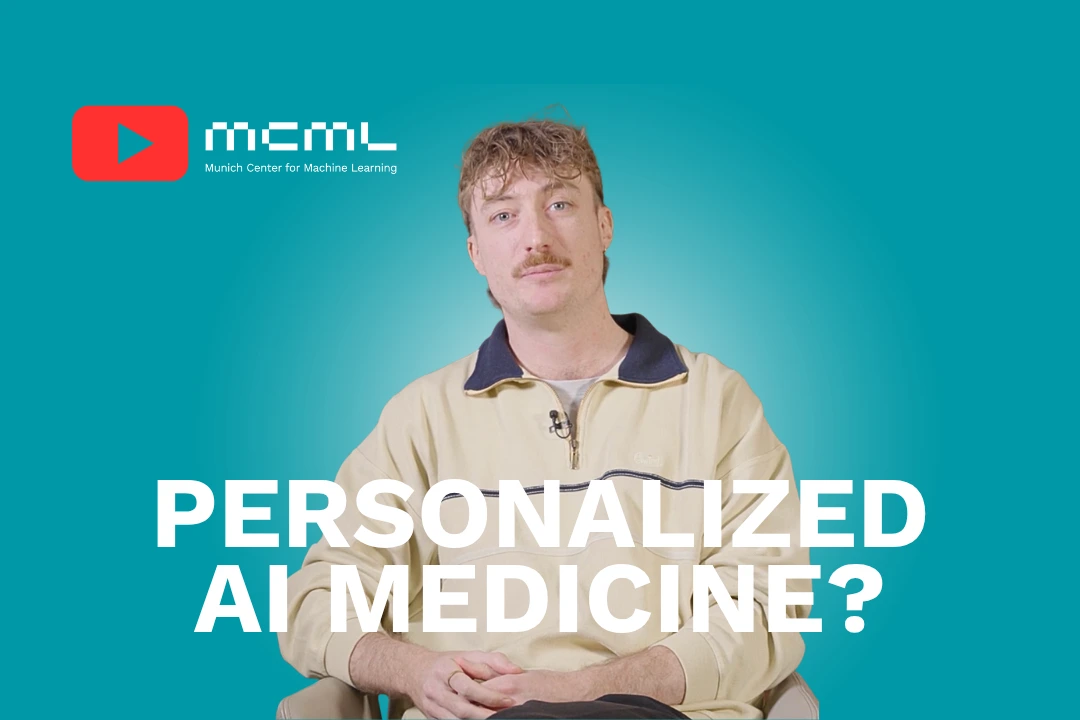
22.09.2025
Predicting Health With AI - With Researcher Simon Schallmoser
Simon Schallmoser uses AI to predict health risks, detect low blood sugar in drivers, and advance personalized, safer healthcare.
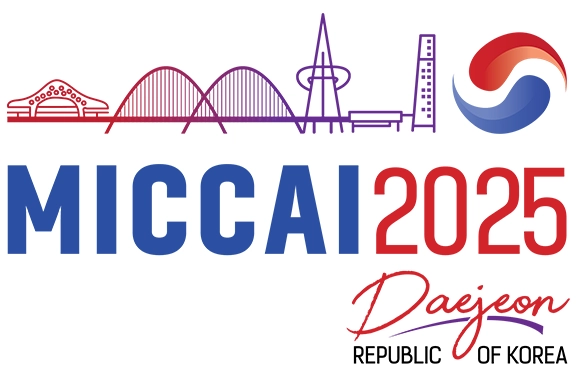
19.09.2025
MCML Researchers With 24 Papers at MICCAI 2025
28th International Conference on Medical Image Computing and Computer Assisted Intervention (MICCAI 2025). Daejeon, Republic of Korea, 23.09.2025 - 27.09.2025
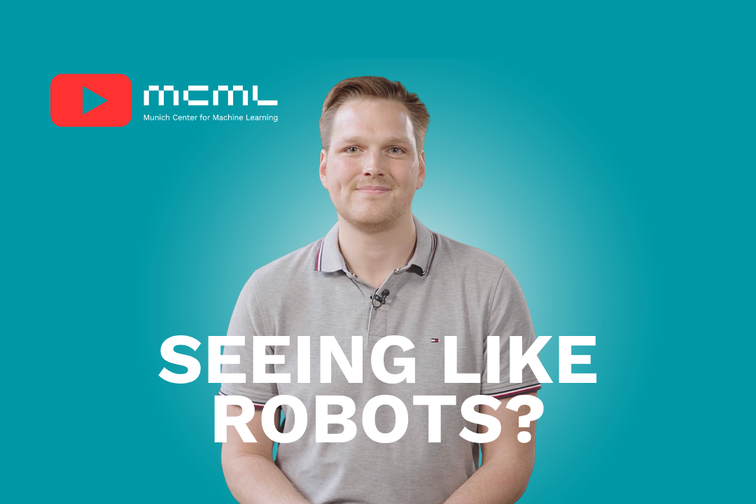
15.09.2025
Robots Seeing in the Dark - With Researcher Yannick Burkhardt
Yannick Burkhardt erforscht Event-Kameras, die Robotern ermöglichen, blitzschnell zu reagieren und auch im Dunkeln zu sehen.
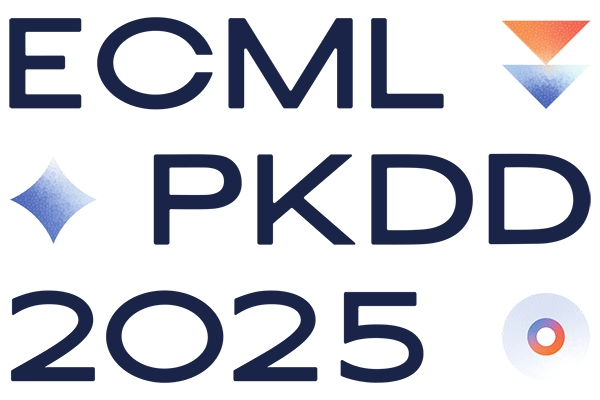
12.09.2025
MCML Researchers With Eight Papers at ECML-PKDD 2025
European Conference on Machine Learning and Principles and Practice of Knowledge Discovery in Database (ECML-PKDD 2025). Porto, Portugal, 15.09.2025 - 19.09.2025

